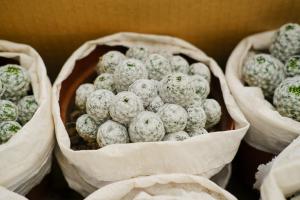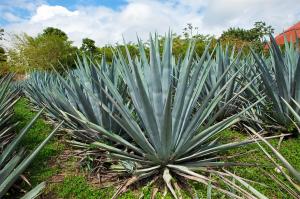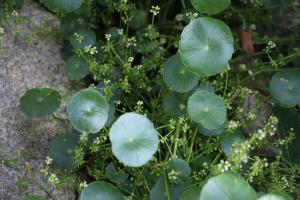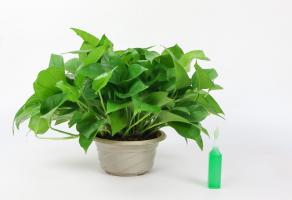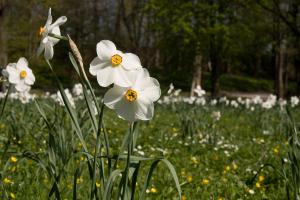When to Plant Virginia Bluebells
If you're a fan of beautiful blue flowers, you'll definitely want to consider planting Virginia bluebells in your garden. These delicate, bell-shaped blooms are a sight to behold and can add a stunning touch to any landscape. But when is the best time to plant Virginia bluebells? Here's what you need to know.
Understanding Virginia Bluebells
Before we discuss when to plant Virginia bluebells, it's helpful to understand a bit more about these beautiful flowers. Native to the eastern United States, Virginia bluebells are a spring-blooming perennial that typically grows to be about 1-2 feet tall. They are known for their beautiful blue, trumpet-shaped flowers that bloom in clusters.
Virginia bluebells prefer to grow in partial or full shade, and they do best in rich, moist soil. They are relatively low-maintenance plants that can thrive in a variety of growing conditions, making them a great option for new gardeners or those who are looking to add some diversity to their landscapes.
When to Plant Virginia Bluebells
The best time to plant Virginia bluebells is in the fall, ideally between September and late November. Planting them in the fall allows the bulbs to establish their root systems before the winter months, which helps them to be stronger and better able to produce beautiful blooms in the spring.
When planting Virginia bluebells, be sure to choose a shady spot in your garden that receives filtered sunlight or no more than a few hours of direct sun each day. It's also important to prepare the soil before planting by adding compost or other organic matter to improve drainage and nutrient content.
Plant the bulbs about 6 inches deep and 4-6 inches apart, covering them with soil and mulch. Water them well after planting and continue to water them throughout the fall and winter to ensure they have enough moisture to establish strong roots.
Caring for Virginia Bluebells
Once your Virginia bluebells have been planted, you'll want to take good care of them to ensure they continue to thrive. Here are a few tips:
Water regularly - Virginia bluebells prefer moist soil and should be watered regularly, especially during periods of drought.
Fertilize sparingly - Virginia bluebells don't require much fertilizer, but a light application of a balanced fertilizer in the spring can help to promote healthy growth.
Deadhead spent blooms - To encourage additional blooms and healthy growth, you can deadhead spent blooms throughout the growing season.
In Conclusion
Virginia bluebells are a beautiful addition to any garden, and with their easy-to-grow nature, they're a great choice for gardeners of all experience levels. By planting them in the fall and taking good care of them throughout the growing season, you can enjoy the gorgeous blue blooms year after year.

 how many times do yo...
how many times do yo... how many planted tre...
how many planted tre... how many pine trees ...
how many pine trees ... how many pecan trees...
how many pecan trees... how many plants comp...
how many plants comp... how many plants can ...
how many plants can ... how many plants and ...
how many plants and ... how many pepper plan...
how many pepper plan...

